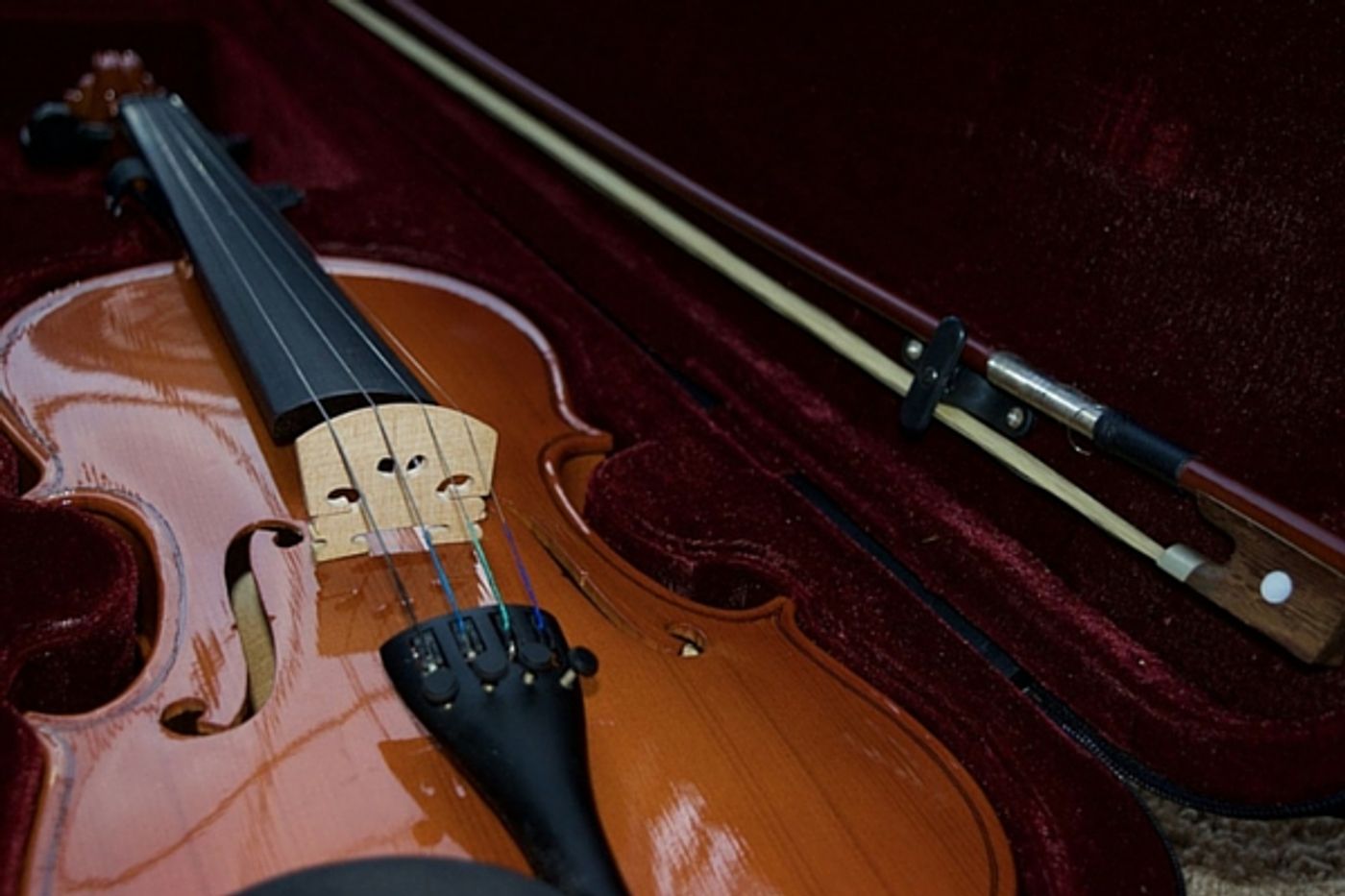It’s long been known that music can affect the moods of listeners in a variety of ways, but the specifics of how the brain processes music are not completely understood.
Researchers do know that the right hemisphere of the brain is where music memory is stored, and this is why even patients with dementia or who have suffered a stroke will often remember lyrics and songs, but forget people and other experiences. Normally this field of neuroscience is studied by doctors and other brain specialists, but recently a musician at Duke University became interested in how the brain processed the music she read and played.
Violinist Jennifer Koh was part of an artist-in-residence program at Duke University called Duke Performs. While there she gave some performances, but also had a chance to sit in on some classes, one of which was “Music and the Brain.” Her interest in the subject was sparked when she suffered a concussion. For months she struggled with memory issues and speech problems and couldn’t practice her instrument at all. When she was able to go back to it, it was only for short bursts of time.
Koh is highly accomplished musician. She was born in Glen Ellyn, IL, to Korean parents in 1976. She started early with the violin and by the time she was 11 she had debuted with the Chicago Symphony Orchestra. She studied English literature at Oberlin College and music at Oberlin Conservatory. While a student at Oberlin, Koh shared the silver medal at the 1994 Tchaikovsky International Competition, the world’s most prestigious competition for musicians. She made her debut at Carnegie Hall in 1995 and has played all over the world since.
Having dealt with the results of a traumatic brain injury, Koh wanted more information about how the brain works. While at Duke, she spoke with professors Scott Lindroth of the music department and Tobias Overath from the Duke Institute for Brain Sciences who taught the class on music and the brain and agreed to undergo a functional MRI or fMRI scan of her brain for a research study.
The scan involved Koh being asked to do three tasks. First she listened to a piece of music, then she read the notes of the music and finally she imagined playing the piece. It was all done with her brain, she did not move at all during the scan.
In a press release from the University, Overath said, "The musician’s brain is exquisitely sensitive to all aspects of music, be it listening, reading or imagining playing music. Therefore, you engage a whole range of areas of your brain - it’s quite literally a whole body experience. From a cognitive point of view, but also physically, it’s incredibly strenuous.”
The results of the scan showed specific activations for each of the tasks, but the areas of the brain that are active when a person is planning movements, such as playing an instrument or doing any other physical activity, also showed up on the scan, even though Koh was motionless during the scan.
Take a look at the video below to see how this artist and her neuroscience colleagues collaborated to bring more understanding of how the brain processes the tasks necessary to make beautiful music.









